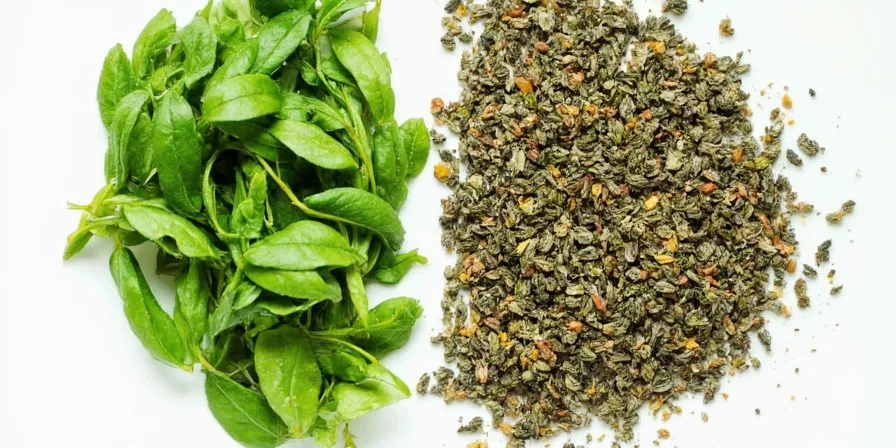
Most home cooks need to know this immediately: use a 3:1 ratio for most herbs (3 parts fresh = 1 part dried), but cilantro doesn't convert well. For basil, oregano, thyme, and rosemary, dried versions work with proper timing adjustments. This guide delivers the exact conversion ratios and practical techniques you need to maintain flavor when fresh herbs aren't available.
Quick Reference Conversion Chart
| Fresh Herb | Dried Equivalent | Conversion Ratio | When to Use |
|---|---|---|---|
| Basil | Dried Basil | 3:1 | Add dried early in tomato sauces; fresh in last 2 minutes |
| Cilantro | Frozen paste (not dried) | Not recommended | Use frozen paste or lemon zest instead of dried |
| Oregano | Dried Oregano | 3:1 | Preferred dried for grilled meats and tomato sauces |
| Thyme | Dried Thyme | 3:1 | Dried early in braises; fresh for finishing delicate dishes |
| Rosemary | Dried Rosemary | 2.5:1 | Dried for roasts; fresh for infusions where subtlety matters |
| Parsley | Dried Parsley | 4:1 | Dried for soups; fresh exclusively for garnish |
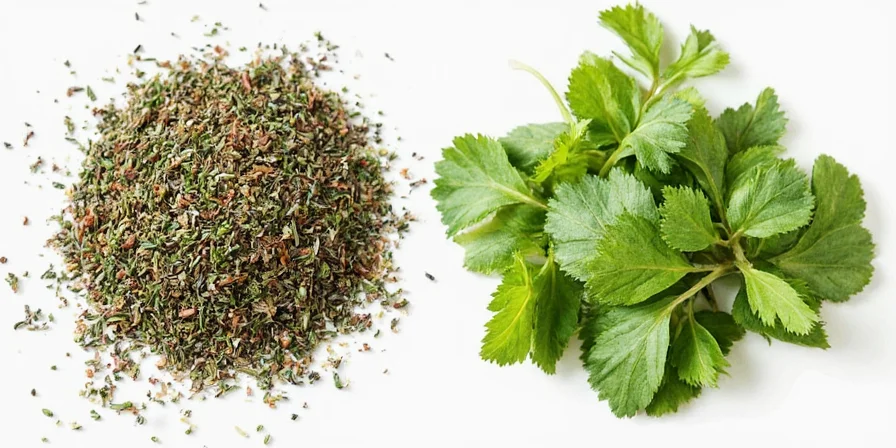
Why Basic Conversion Charts Fail You
Most conversion guides give you simple ratios but miss critical details that cause recipe failures. When you dry herbs, their chemical composition changes:
- Oregano loses 40% of its bright top notes but concentrates earthy compounds - that's why Mediterranean cooks prefer dried for tomato sauces
- Cilantro's signature flavor completely disappears when dried - always use frozen paste instead
- Dried herbs absorb 3x more liquid than fresh - adjust your sauces accordingly
When Fresh vs Dried Matters Most
Understanding which herbs convert well prevents wasted ingredients and flavor disasters:
- Best dried substitutes: Oregano, thyme, rosemary, basil (use 3:1 ratio)
- Avoid dried substitutes: Cilantro, tarragon, dill, chives (freezing preserves flavor better)
- Special case: Parsley dries well but loses garnish quality - use dried in cooking, fresh for presentation
Simple Storage That Keeps Herbs Fresh Longer
Most guides get storage wrong. Based on food science research:
Fresh Herb Storage
- Store delicate herbs (basil, cilantro) upright in water like flowers with plastic bag cover
- Woody herbs (rosemary, thyme) last longer wrapped in slightly damp paper towel
- Never wash before storage - moisture accelerates decay
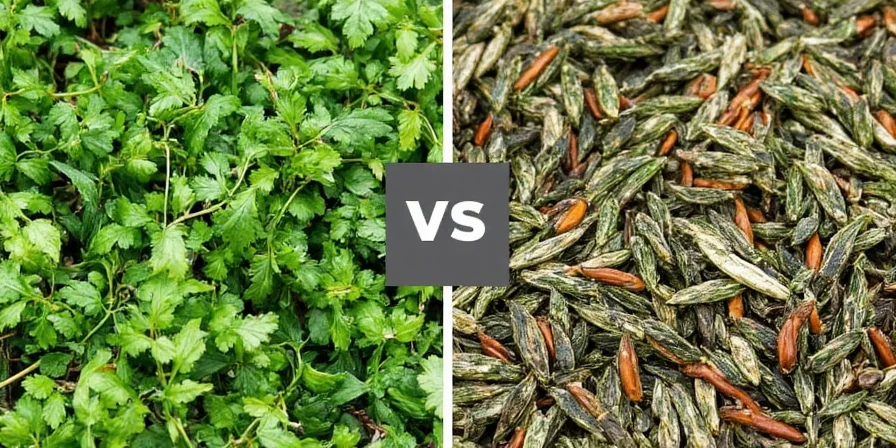
Dried Herb Storage
- Use dark glass containers to block UV light that degrades flavor
- Keep away from spices (cinnamon's scent migrates into herbs)
- Freeze whole leaves and crush just before use
Timing Tips That Maximize Flavor
Adding herbs at the wrong time wastes 50%+ of potential flavor:
- Fresh herbs: Add in last 2-3 minutes of cooking (volatiles evaporate above 140°F)
- Dried herbs: Bloom in hot oil for 60 seconds before adding liquids
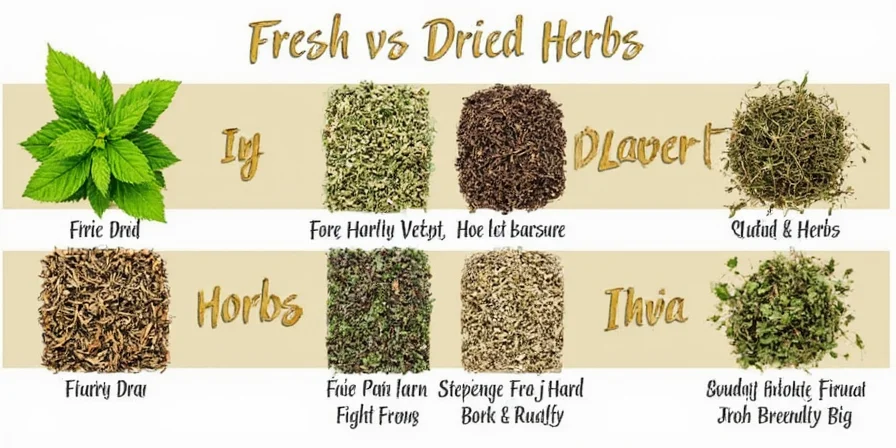
Cost-Saving Mistakes to Avoid
Home cooks waste $200+ yearly on herb mistakes:
- Using dried cilantro (always choose frozen paste instead)
- Measuring dried herbs by volume instead of weight (1 tbsp dried rosemary weighs 3x more than oregano)
- Storing near stove heat or spices (alters flavor within weeks)
Quick Answers to Common Questions
Can I use dried basil in pesto?
No - dried basil lacks critical flavor compounds. Use frozen fresh basil paste for 90% flavor retention.
Why do some recipes specify dried oregano when fresh is available?
Dried oregano's concentrated compounds bind better with tomatoes' acidity - fresh would create flavor imbalance.
How can I extend fresh herbs' shelf life?
Revive limp herbs by submerging in ice water for 15 minutes, then store upright in water with plastic bag cover.
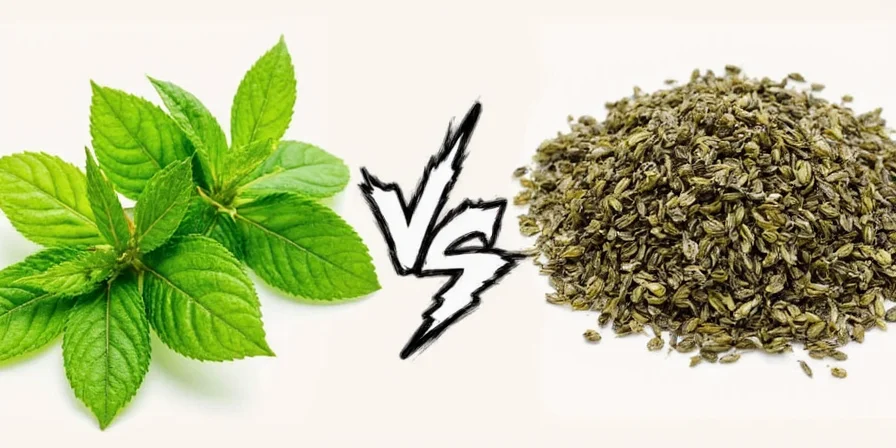
Practical Implementation Guide
Start with these three simple changes today:
- Use 3:1 ratio for oregano, thyme, and basil (except cilantro)
- Bloom dried herbs in oil before adding to dishes
- Store dried herbs in dark containers away from spices
These adjustments immediately improve your cooking without requiring new equipment or specialized knowledge. The key isn't complicated science - it's understanding which herbs convert well and when to add them during cooking.

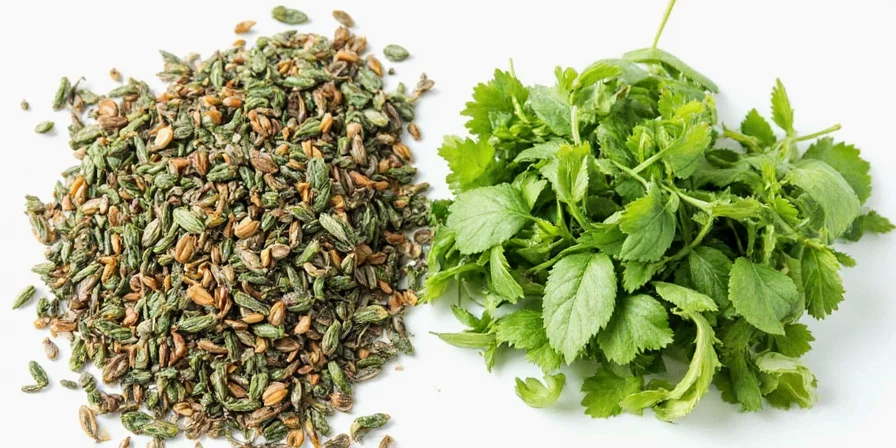









 浙公网安备
33010002000092号
浙公网安备
33010002000092号 浙B2-20120091-4
浙B2-20120091-4